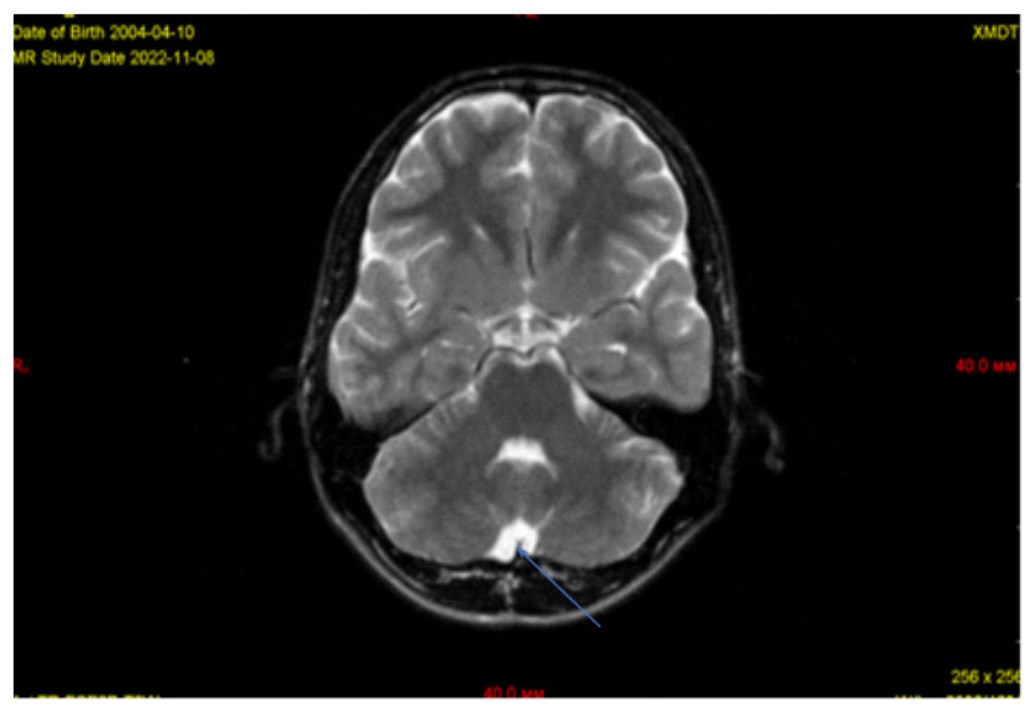
This article is an open access article distributed under the terms and conditions of the Creative Commons Attribution license (CC BY).
ORIGINAL RESEARCH
Assessment of the impact of retrocerebellar cysts in the brain on the cerebrospinal fluid system as a criterion of fitness for flight
1 419th Military Hospital of the Ministry of Defense of the Russian Federation, Krasnodar, Russia
2 Russian Biotechnological University (BIOTECH University), Moscow, Russia
3 State Research Testing Institute of Aviation and Space Medicine, Moscow, Russia
4 Kuban State Medical University, Krasnodar, Russia
5 Kirov Medical Military Academy of the Ministry of Defense of the Russian Federation, Saint-Petersburg, Russia
6 Regional Clinical Hospital № 2, Krasnodar, Russia
Author contribution: Gornov SV — contribution to research design, concept development, research procedure; Karpenko DV — manuscript writing; Gornov VV — data analysis and interpretation, critical revision of the manuscript draft; Kolomiitsev VG — manuscript writing, data acquisition, software development; Eselevich RV — final conclusions; Burova IV — study concept determination, manuscript draft writing, approval of the final version of the article, responsibility for integrity of all parts of the article; Litvinenko EA — methodology development; Krupa RA — manuscript formatting.
Compliance with the ethical standards: the study was compliant with the principles of the Declaration of Helsinki.




